Home / Handy Tips /

Concerned computer users often ask, “What is the Blue Screen of Death, what causes it, and how can I fix it?”
The Blue Screen of Death (BSOD) is an unwelcome sight. It appears when Windows encounters a critical system error from which it cannot recover. This is often caused by crashed drivers or faulty hardware.
In this article, we’ll answer the most common questions about the BSOD. Let’s get started.
What causes the Blue Screen of Death?
BSODs appear when Microsoft Windows encounters a ‘STOP Error.’ A STOP Error causes Windows to crash, meaning there is nothing your computer can do except restart itself. A STOP Error is usually caused by one of the two following issues:
- Faulty hardware. That is, the hardware inside your computer is unable to function properly.
- Faulty hardware driver software. Regular apps and programs can’t cause BSODs. When they crash, they don’t usually take the operating system out, too. Instead, a BSOD could be a result of low-level software running in the Windows kernel crashing.
The dangers of Blue Screens of Death
If your PC’s operating system crashes, there is a chance of data loss as programs won’t have the opportunity to save and shutdown properly. However, when a BSOD occurs, Windows automatically creates a ‘minidump’ file that saves information about the crash to your disk. You can use the information to determine the cause of the BSOD and prevent it from happening again in the future.
What does the Blue Screen of Death say?
BSODs look different depending on the operating system you are using.
If you have Windows 7 and earlier, the BSOD looks much like a terminal screen and displays a whole bunch of information.
In Windows 8 and 10, the BSOD is much simpler and straightforward.
Feeling a bit panicked? Don’t worry. BSODs often aren’t as bad as they look. In fact, in earlier versions of Windows, the BSOD went by so quickly that it was impossible to read all of the information.
Stop Windows from restarting automatically
Your PC will restart automatically when a BSOD appears, but you can change this. If you’d like more time to read the information onscreen before your computer restarts, you can disable automatic restarts from the Windows Control Panel.
Here’s how on Windows 8 and 10:
- Right-click on the Computer icon and select Properties.
- The Advanced tab should already be selected. Now, click Settings under Startup and Recovery.
- Under the System failure section, uncheck the option for Automatically restart.
Next time you encounter a BSOD, you’ll have time to write down the error message. You will, however, need to manually reboot your PC.
Viewing Blue Screen of Death information
The ‘minidump’ file we mentioned above contains all the information you need to review your recent BSOD encounter. Unfortunately, this minidump is scattered among application crashes and system log messages in the Windows Event Viewer, making it a little tricky for the everyday user to access.
Instead, you might like to download NirSoft’s free BlueScreenView application. This program scans and collates all files created during a BSOD, making it easy to determine the cause of the critical error.
Troubleshooting a Blue Screen of Death
You can troubleshoot Blue Screen of Death information from the Action Centre. Head to Control Panel and then Security and Maintenance (if you use Windows 7, click System and Security). Here, click the Check for solutions button.
Windows 8 and 10 automatically performs this step after your computer has restarted following a BSOD. It’s still worth checking up manually though, as there may be additional information or troubleshooting steps you can take.
Another effective way to troubleshoot a BSOD is to search the specific error message on the web. When the BSOD appears, you may see a STOP Error number (e.g. 0x0000000E) or an error code (e.g. NO_USER_MODE_CONTEXT). Write the error down, and once your computer is back in action, perform a quick search. You’re sure to find details specific to that error online.
No luck? Try these BSOD tips
If you weren’t able to find any useful information or advice regarding you BSOD, don’t worry. BSODs can be caused by a whole host of root causes. You might like to try these tips if your device is displaying a BSOD on a regular basis:
- Look for malware. Malware and nasty computer viruses dig deep into Windows and can cause instability, resulting in regular BSODs. Use a quality anti-virus software to scan for infections.
- Install up-to-date drivers. A buggy or incorrectly installed driver can cause your computer to crash. Head to the manufacturer of your computer hardware component’s website and download and install the most up-to-date driver.
- Try System Restore. System Restore will restore software on your computer back to a previous state. If this stops your PC blue-screening, you’ll know the issue was caused by software.
- Check for problems with hardware. Faulty hardware is one of the most common causes of BSODs. Unless you are an experienced computer user, we suggest getting a pro to investigate the issue further, as tinkering with your hardware can cause serious damage.
Prevent Blue Screens of Death
Remember, a computer that’s in perfect working order should never display the Blue Screen of Death. If you’re experiencing it time and time again, please get in touch and let us resolve this for you. Give our team of computer repair experts in Melbourne a call on 1300 553 166 or fill out the form on this page, and we’ll be in touch soon.

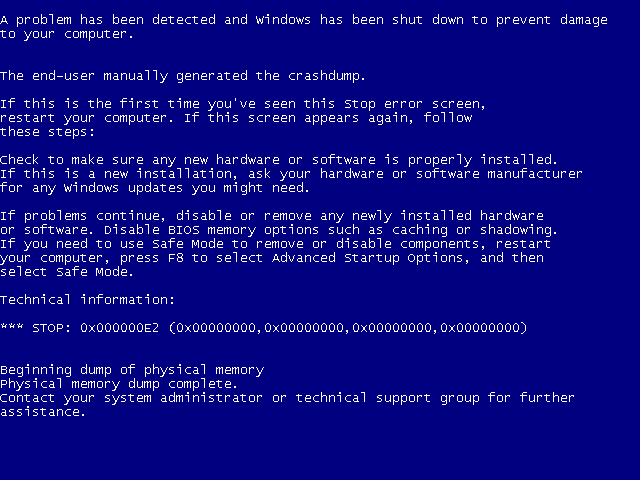
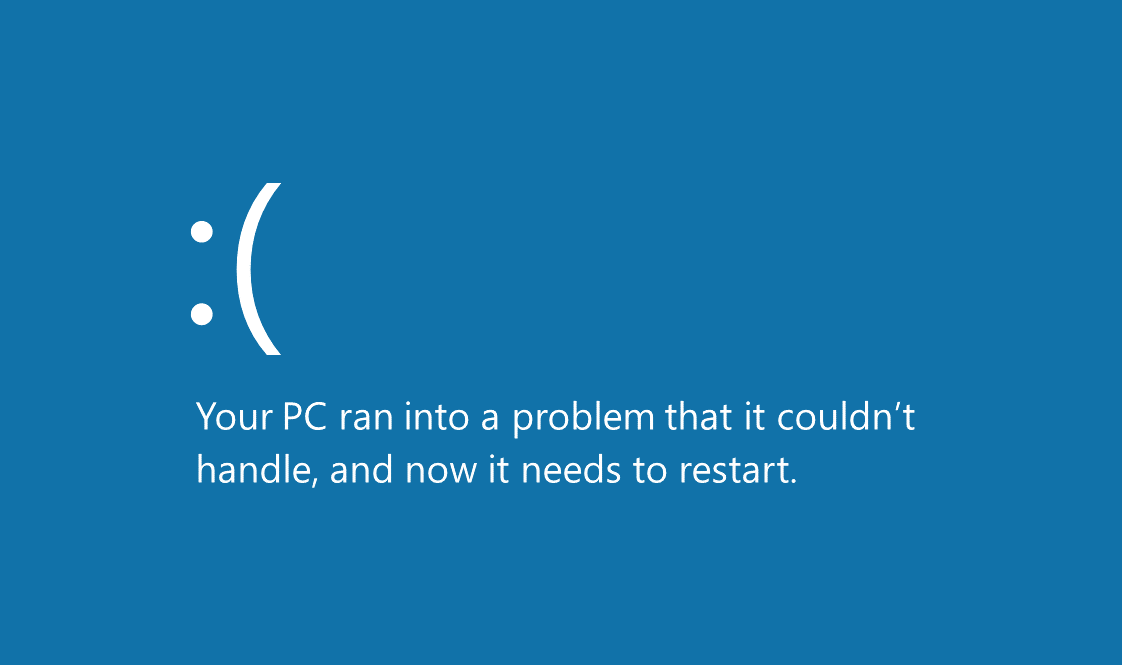
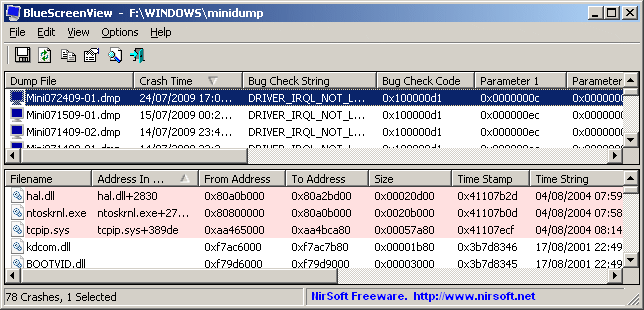

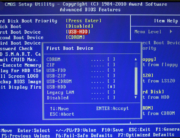
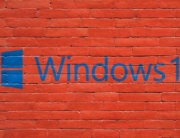




Having trouble with the blue screen error on my laptop. Have tried all of the options and nothing is helping.
Can I please get a quote on how much this will be to get fixed/looked at?
Thank you